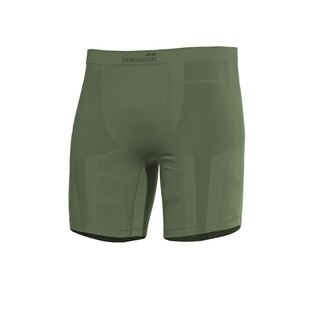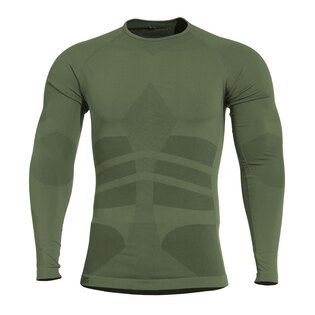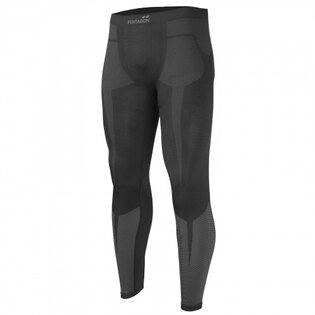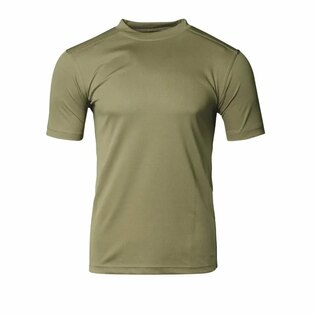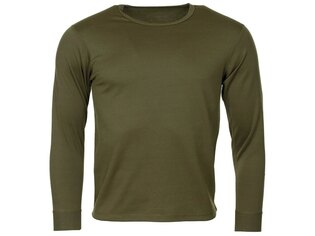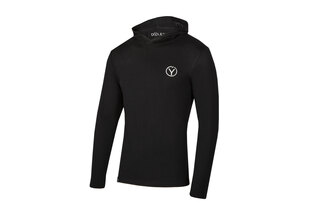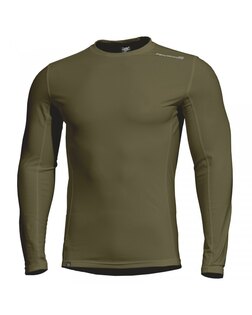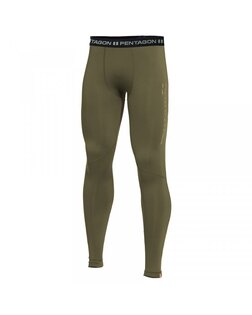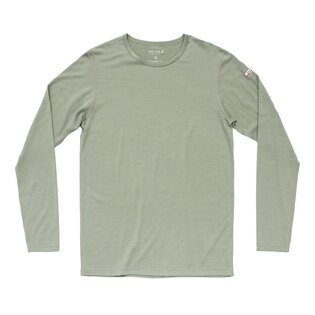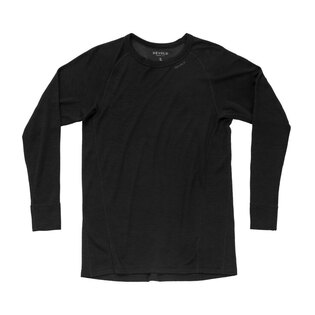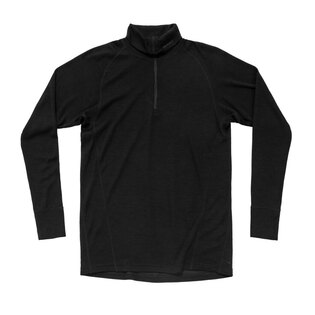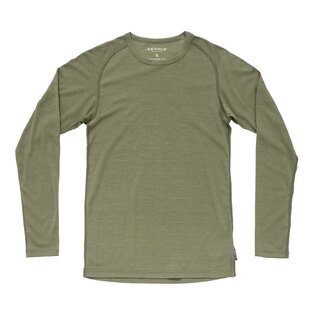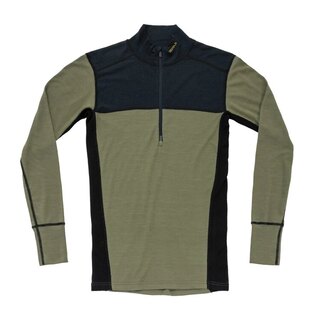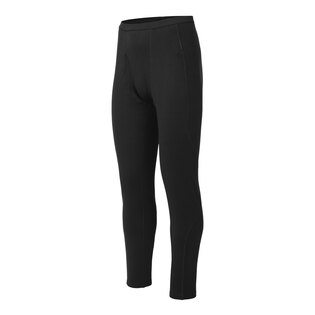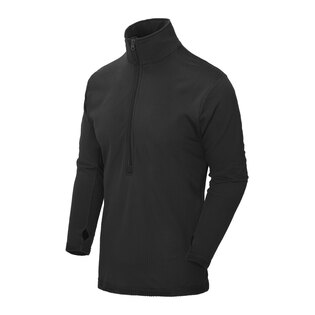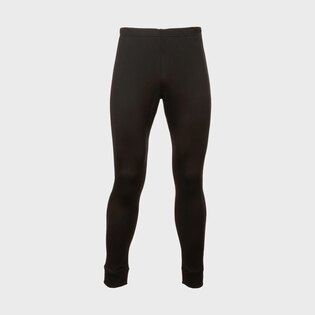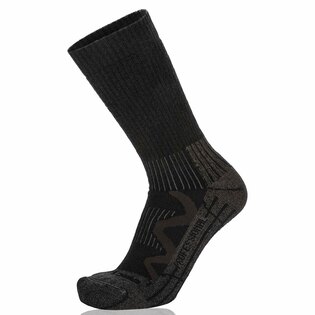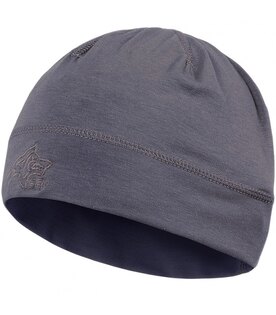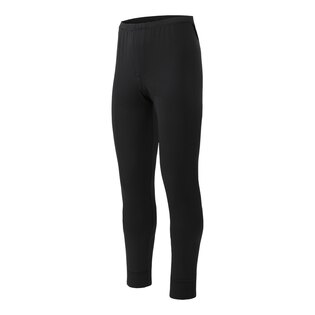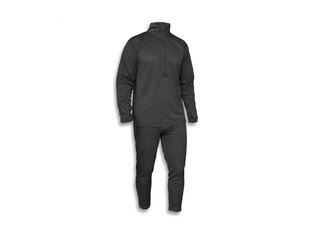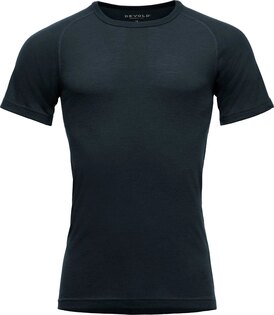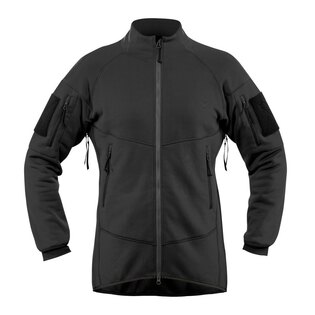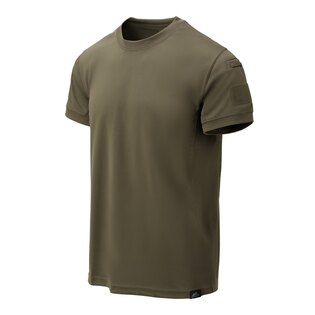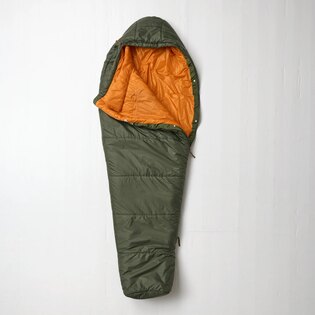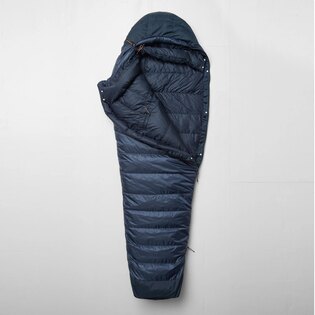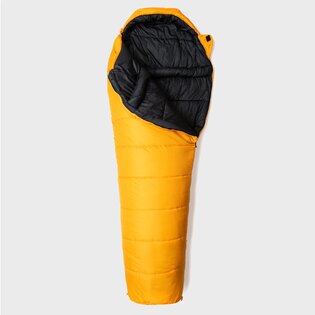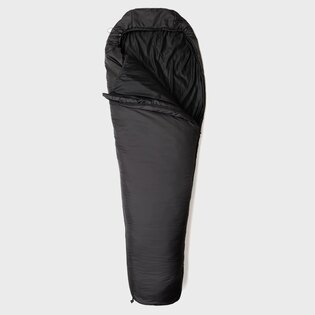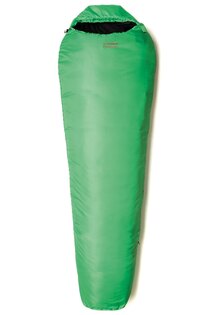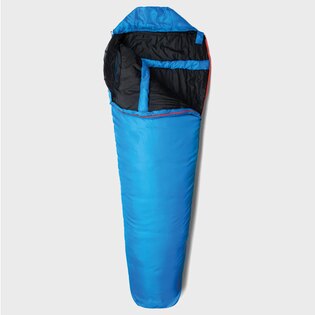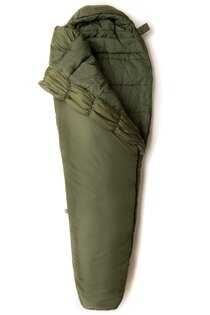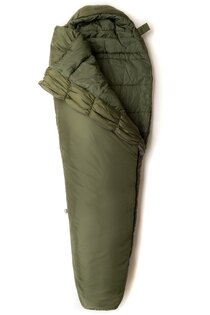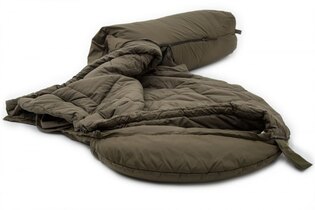It's time to unpack the autumn gear!
With the approaching autumn, the composition of functional clothing and outdoor equipment also changes. It's time to take out the autumn gear from closets, basements, and storage rooms and timely replenish everything that it lacks for perfection. Be one step ahead and don't be caught off guard by the first damp days. Enjoy autumn adventures to the fullest. Those who are prepared are not taken by surprise!
Start on time!
Even though it might not seem like it, autumn is already knocking on the door. Some might be disappointed, while others might feel relieved. The truth is, however, that autumn is perfect for outdoor activities! You just need to do something to ensure you don't end up with a cold instead of great experiences and valuable lessons. Besides building your immunity, it is especially important to have quality gear. And that's exactly what we'll focus on today.
During the "transition to autumn operations", you will notice the biggest changes traditionally in clothing - you will need warmer and functional pieces, and in more layers. Protection from the sun and heat is no longer a priority, and the pesky mosquitoes are gone. On the contrary, it's time to insulate and protect yourself from the wind, rain, and dampness. It's also necessary to dust off some equipment that (almost) wasn't needed during the summer...
Some items from the following selection you might already have at home from last season. However, it's never a bad idea to make a list of everything you're missing and fill in any gaps. So, what will you need before you head out into the field this fall?
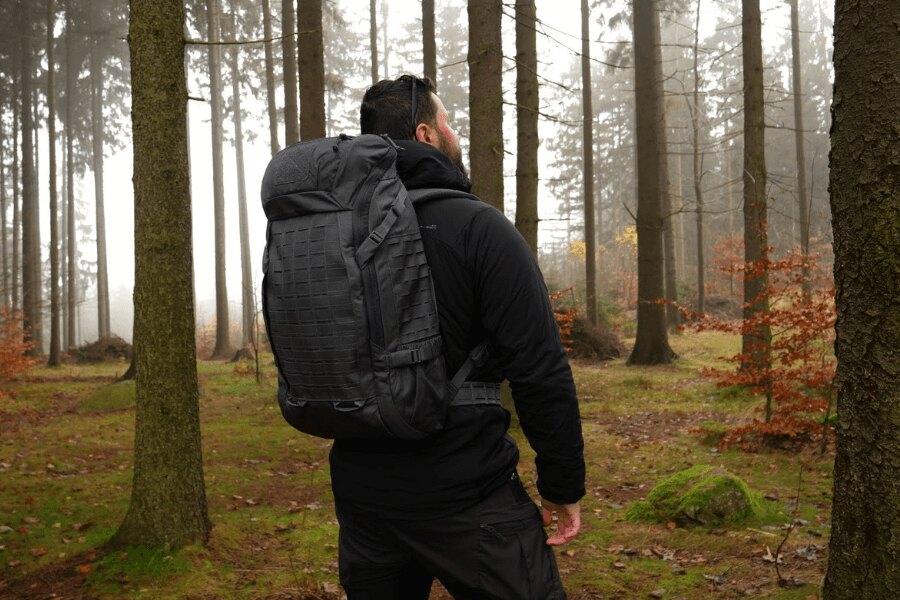
Autumn favors the outdoors! However, it requires quality outdoor equipment.
Functional clothing and layers
First of all, check if you have something to wear. This applies to all three layers, which should be appropriately combined during the colder periods of the year so that they complement each other and protect you from adverse conditions.
- The first layer, which is closest to the body, is called absorbent, and its purpose is to distribute moisture and sweat away from the body.
- The second layer is insulating and has the task of providing a feeling of warmth.
- And finally, the top layer, these are jackets that perform a protective function and form a kind of barrier between your body and the surrounding environment.
First layer - stay dry and warm
As the name suggests, the first layer is clothing that you wear directly on your body. The main criteria, therefore, is a good fit that should hug the body, not pinch anywhere and allow freedom of movement, and above all, comfort for all-day wear.
In cold conditions, you will need your underwear to keep you warm and to prevent sweating, which can lead to getting chilled. Therefore, you will be interested in its insulating properties and its ability to wick moisture away from the body. Quality t-shirts, underwear, and socks are essential for all-day movement in cold and adverse conditions.
Another key factor is a high quality material. This is a topic for a separate analysis, and we will address it in more detail in a separate article that will be published in September. For now, let's review the basics, namely:
- Cotton: is comfortable, but it doesn't wick away moisture well. If you sweat in a cotton t-shirt and underpants, you will simply stay wet for the rest of the day, which is not a very good prospect, especially in autumn. It is therefore not as suitable as a functional material.
- Synthetics (e.g. polyester, polypropylene, nylon): synthetic underwear wicks away sweat very efficiently, is mechanically resistant and light. It is therefore particularly suitable for aerobic activities. The downside is that it can be cold, smelly and flammable, so you run the risk of being "bluffed" at an autumn campfire.
- Merino wool: it is pleasant to wear for a long time, does not smell and is warm even when wet. Because it does not wick away moisture so quickly, it is suitable for quieter and less aerobic activities.
- Blended materials: combinations of the above materials that combine their advantages, dry faster and insulate well at the same time. Golden mean.
Which features should the first layer meet?
- Perfect anatomic fit and good level of comfort.
- The right material that maintains body temperature and effectively wicks away moisture.
- Weight suitable for a given physical activity (for performance sports, during which you sweat, it will be different than for leisure activities, when you do not warm up too much with movement).
Second layer function
The second layer, that is the insulating layer, should fulfill two basic functions:
- Isolation. It should function in such a way that you can retain body heat as best as possible, which you "warm" yourself under your clothes.
- Breathability. The second layer should optimally wick sweat "accumulated" by the first layer away from the body.
For the second layer, specially developed synthetic materials are ideal, which excellently fulfill both mentioned functions. Whether you are choosing a sweater or a sweatshirt, their material should be precisely adapted to its purpose.
We have here, for example, fleece, which is a popular comfortable and soft material… actually a collection of materials, as different manufacturers name their specific variations of fleece differently. For example, we can mention Thermo Grid HL, which is used by the company Montane for their hoodies.
Other manufacturers successfully combine fleece with merino wool, which - as we have already mentioned - is among the top choices in functional clothing because it provides thermal comfort and efficient sweat wicking. An example of a well-processed piece of clothing can be the sweatshirt LTO Thermal 400 Garm from the manufacturer NFM.
For the second functional layer, just like the first one, the cut that shapes your body is important. It is crucial that your clothing does not restrict your movements – that would be counterproductive.
Choose the top layer carefully
And finally, we arrive at the third layer, the protective one, which needs to be chosen particularly carefully. Jackets in this category are not the cheapest, so it's advisable to choose a universal solution for autumn that is not too heavy, is easily packable, does not have too strong insulation (so that the difference between wearing just the second layer and adding the third is not too significant), and has a sufficient water column to protect you from getting cold in the rain.
The thicker insulation on the protective layer is more suitable for winter than for autumn. This is because, in autumn, there are quite significant temperature changes during the day. And when you start sweating in three layers, you will logically take off the top layer. However, if the difference between the second and third layers is too noticeable, you will feel cold after removing the third layer.
In mildly cold weather conditions, a softshell jacket like the Gunfighter by Helikon-Tex, can be useful for you, which provides wind and rain protection for the wearer. As an alternative, we recommend the Elite Light softshell jacket by Pentagon, which is made of breathable and elastic material.
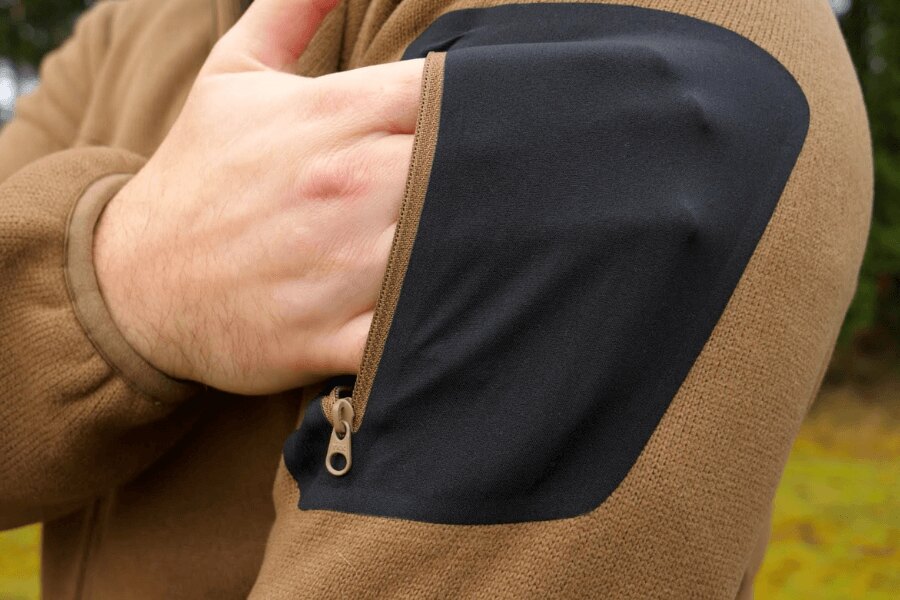
For the second layer, specially developed synthetic materials are ideal, for example, in the Falcon Pro Sweater Polartec sweatshirt from Pentagon, it is a combination of the popular Polartec and fine inner fleece.
Put on suitable shoes
What definitely needs to be checked before autumn is the condition of your existing hiking boots. That is, if you already have some. If not, definitely do not venture into the terrain in sneakers, and absolutely not in sandals. Shoes are one of the most important parts of your equipment, so do not underestimate their selection.
Autumn hiking shoes are still not as thickly insulated as winter shoes, which can be an advantage because they are lighter. As for the material, you can choose either a textile-leather or just a leather upper. In general, the more demanding mountain hiking you are going to do, the more leather your new shoes should have. With proper care, your leather shoes will last a really long time. Although they are less breathable than textile ones, they will protect you a little better from external influences.
A large portion of the hiking boots offered today are equipped with a certain type of membrane, most often Gore-Tex. Gore-Tex and similar alternatives from other brands serve to make the footwear more water-resistant while remaining breathable. The structure of the membrane is designed to allow vapor molecules to pass through from the inside, but water droplets from the outside slide off it.
Another notable name among shoe manufacturers is Vibram – it is an Italian brand with many years of experience that produces soles for others. The Vibram brand on the bottom of the shoe is always a guarantee of quality.
Demanding users who are planning to carry a heavy load in the mountains – but also those who require uncompromising quality – can choose, for example, Lowa Z-8N GTX C boots, made from hydrophobic split leather combined with textile. This footwear, which is certified as work shoes, can handle even the most demanding marches.
The all-leather alternative is then the model Mountain GTX from the same manufacturer, which is not only functional but also looks very good. The legendary Zephyr shoes in their second generation are also offered in sizes for ladies. Besides the German brand Lowa, we also carry products from brands such as AKU Tactical, Hanwag, Salomon, and others.
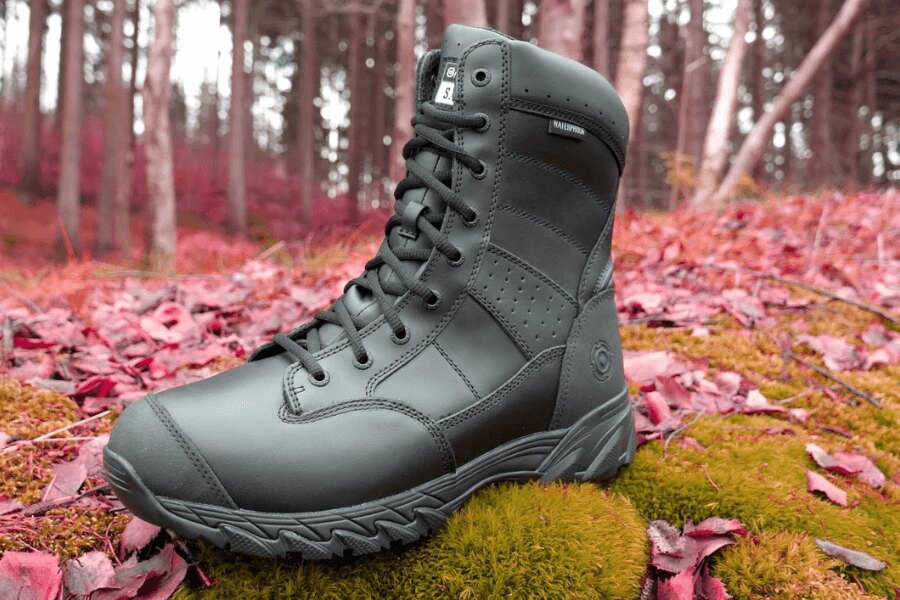
Autumn shoes must withstand tough conditions. The S.W.A.T. Chase shoe is made of high-quality full grain leather, which ensures maximum comfort even in such conditions.
Something on the head
While in the summer we need to protect our heads outdoors primarily from the sun, in the autumn the main reason for wearing a hat is mainly the cold and chill. According to the weather forecast, it is advisable to decide whether you will stick with the summer cap or rather reach for a winter (for example, fleece) cap.
Autumn landscape is also a great environment for trying out the multi-purpose scarf, neck warmer or balaclava for the head. You can use a versatile scarf as a shawl, head cover, or even a wristband.
Although it may not seem so, heatstroke can still pose a risk in some cases even in autumn. Therefore, it is good to protect your head even when it is not windy outside, and the temperature is relatively high. Conversely, when the thermometer drops, precious body heat starts to escape from the head, which you do not want to lose in the autumn nature.
Protect your hands
Not only from the head, but also from the unprotected surface of the hands, body heat unnecessarily escapes, which is why it is advisable to look for a pair of quality gloves already in the fall. These do not necessarily have to be completely winter, but they should protect the wearer's hands from the intrusive cold outside. At the same time, they should preserve a certain degree of fine motor skills.
Feel free to choose from models of work and protective or tactical or shooting gloves, which are originally intended for purposes other than outdoor activities, but you can comfortably use them there as well.
For camping in the autumn nature, you can also get gloves primarily designed for colder weather. Our secret tip is leather winter gloves Woodcrafter by Helikon-Tex, which offer sufficient sensitivity even when working with a knife or firearm, but at the same time can protect you from the whims of the weather and burns from hot utensils.
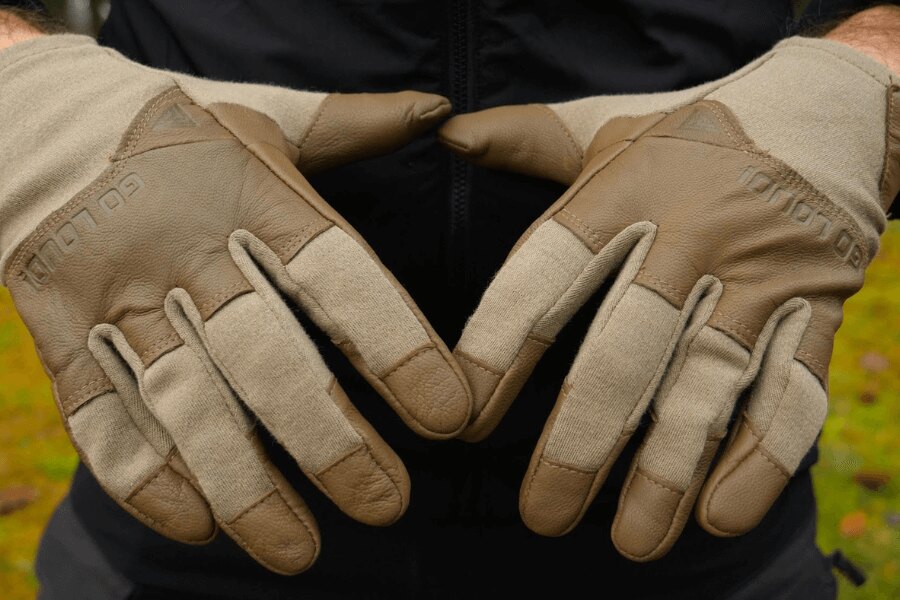
Crocodile FR Nomex Direct Action® gloves will protect you not only from autumn cold but also from mechanical injury and even burns.
Make yourself some tea or even goulash
The lower the temperature outside, the more warm food and drinks become a fundamental part of the daily routine. To heat up your provisions, you need appropriate equipment for that. Ideally, something that doesn't take up much space in the backpack and isn't too heavy.
You can choose, for example, a complete set of cookware and a stove in a very compact design (e.g., Jetboil cookware and stove Jetboil), or you can also purchase from us a classic wood-burning stove or a set for alcohol stove cooking.
And once you make tea or coffee, of course, you want your drink to stay warm for as long as possible. For this purpose, we recommend choosing from the wide range of thermoses.
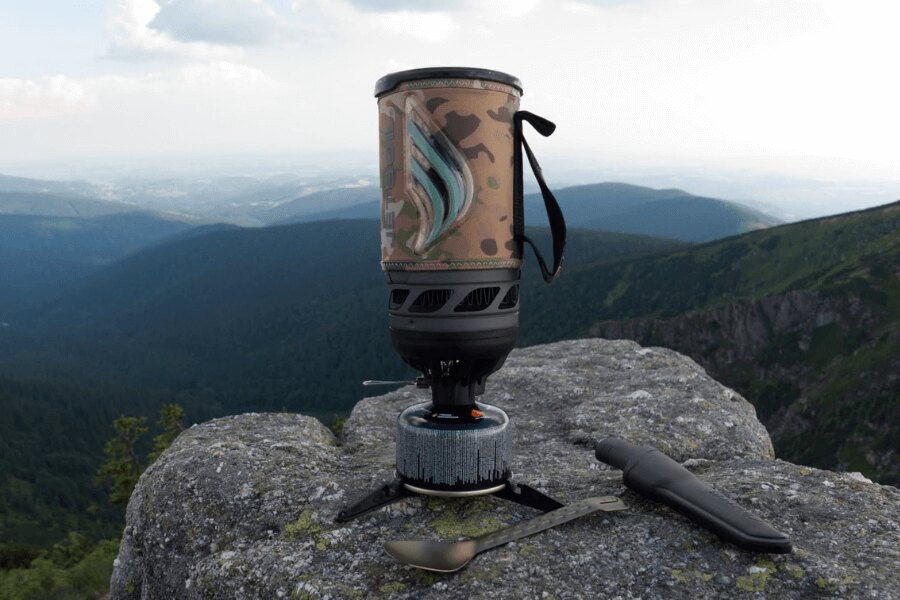
You can cook quickly and easily in the Jetboil Flash cooker.
Light up the path
Autumn has one specificity compared to summer – days start to get shorter. Later in the afternoon, it gets dim for a while, and before you know it, you find yourself walking in almost complete darkness. In such a case, it is advisable to light your way. Ideally with a headlamp, which you can also "equip" yourself with from us. Headlamps are among the most efficient light sources because you can use them while keeping both hands free.
The right headlamp should be equipped with an adjustable strap, so you can customize it to fit your head. Headlamps are battery-powered, with some using standard batteries (AA or AAA) and others using rechargeable batteries. The latter may require a charger with a holder, while others can be charged via a USB interface directly from the electrical grid.
Sleeping in nature
About sleeping bags and sleeping pads, you can already find more articles in our magazine, but the issue of sleeping in nature is far from exhausted. Of course, we can repeat that the sleeping bag and sleeping pad should be adjusted to the outdoor temperature and other generally known facts, but let's look at sleeping in nature a little differently.
Besides a sleeping bag and sleeping pad, you will also find a bivouac sack useful for sleeping outdoors. It serves as an additional layer of insulation in more challenging conditions, and it's essentially a cover for the sleeping bag, which can also be perceived as a sort of "reduced" tent. This piece of equipment will definitely come in handy during the autumn season.
And if you want proper insulation – especially from the ground – get yourself a hammock. You will sleep comfortably in a hammock and, moreover, the progressive Polish brand Lesovik offers, in addition to the hammocks themselves, accessories that will allow you to swing comfortably even in the fall.
Among these accessories is also the hammock blanket (so-called underquilt), which creates an extra layer of insulation – in this case, more effective compared to a sleeping pad, because the sleeping pad shifts around in a hammock throughout the night, as it is simply meant for flat terrain. Additionally, we have tarps that protect against wind and rain.
Readers are further interested





































































































































